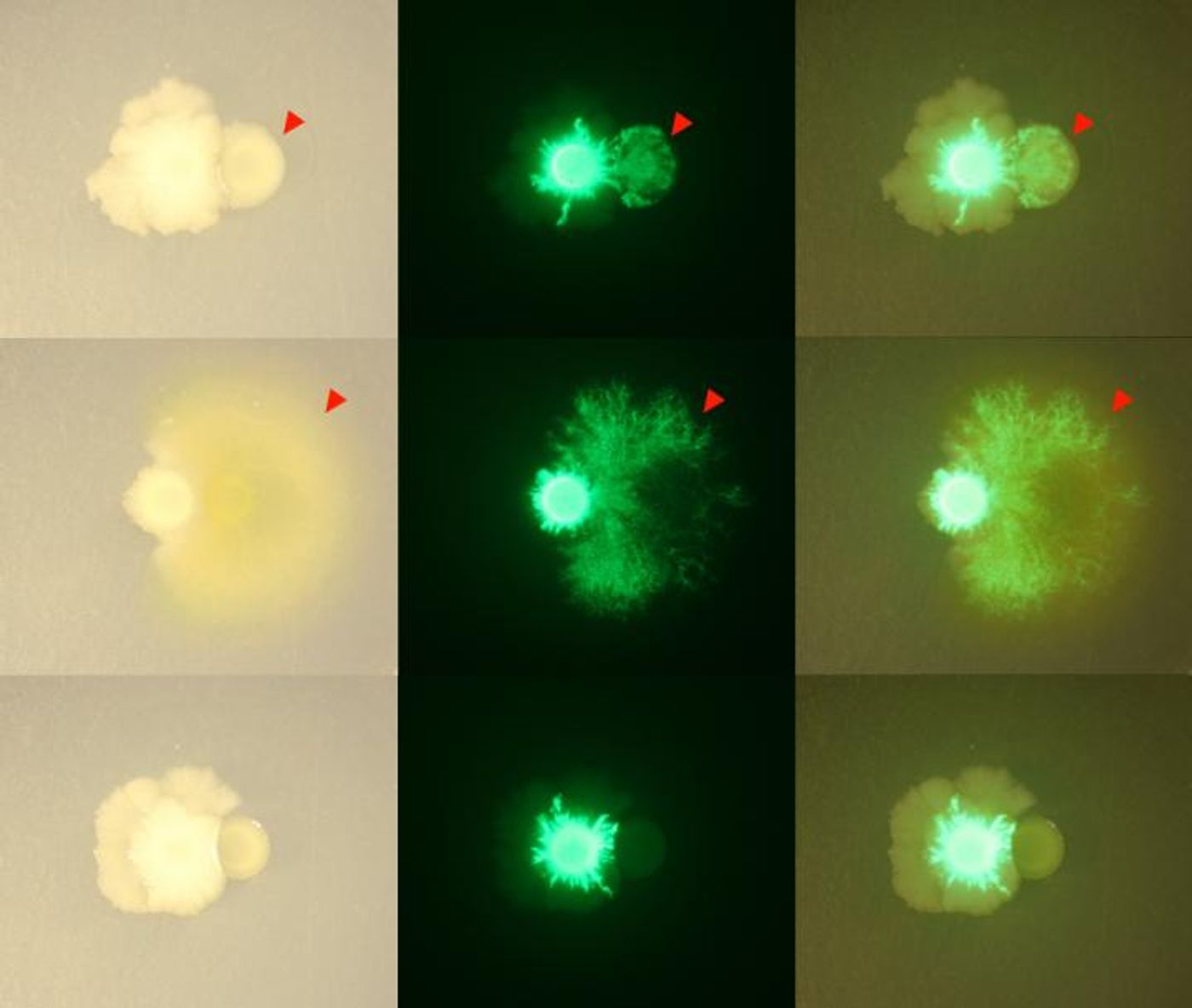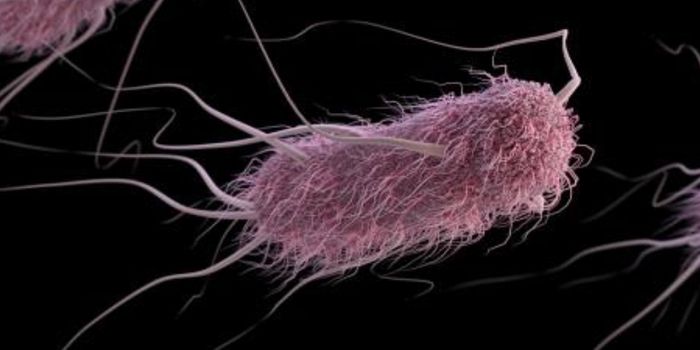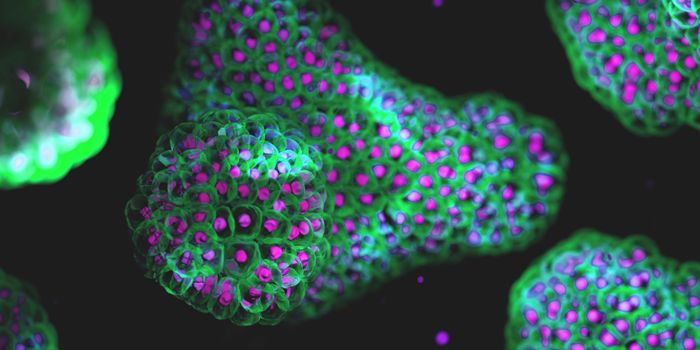THOR - Hammering Out a Model for the Microbiome
As our understanding of microbial communities grows, scientists are also finding the gaps in our knowledge, and are looking for ways to fill them. We now know that the microbes we carry with us exert a powerful influence on our health, and if we are to understand well-being and disease, we must also understand the relationships between microbes and their hosts. Now scientists are finding ways to model the complexity of the microbiome so it can be studied. Reporting in mBio, a team led by Jo Handelsman, director of the Wisconsin Institute for Discovery at the University of Wisconsin-Madison has developed THOR, a community of three microbes collected from soybean roots and cultured together.
THOR stands for The Hitchhikers Of the Rhizosphere; members of the Handelsman lab found that some microbes hitch a ride with Bacillus bacteria when they are isolated from the soybean root microbiome (which is known as the rhizosphere). They were only identified after Bacillus grew in cold temperatures for a few weeks. For this work, scientists grew twenty candidate microbes, and members of the Pseudomonas and Flavobacterium bacterial groups were selected to grow with Bacillus.
Importantly, the genomes of the THOR microbes have been sequenced, and they can be manipulated. The THOR bacteria can be easily studied together and apart, which all makes them suitable as a research model.
When these microbes were grown together, the researchers found that they behaved in new ways. They started to grow resilient communities known as biofilms, moved around their environment differently, and regulated how a novel antibiotic was released.
Grown on its own, Pseudomonas generates a biofilm. But when all three of the bacteria were cultured together, two times as much biofilm was produced, and it lasted longer. "Even when their populations are small, these other species are sparking larger biofilms," said Handelsman.
In the THOR community, Bacillus limited the amount of antibiotic released by Pseudomonas, and Flavobacterium was thus protected. Colonies of Bacillus began to grow out and spread in patterns as well.
Together, the THOR members carry 15,000 genes and can make thousands of molecules, creating "layers of complexity" in time and space, said Handelsman.
While this work can help learn more about the relationship between humans and their microbiomes, it can also reveal more about the rhizosphere. Erosion is prevented by the rhizosphere, which exists in soil, an important repository of carbon. Carbon, of course, is expected to play a major role in our planet’s future.
“Microbial communities run the world. People always laugh when I say that. But it's true, said Handelsman. “It's one of the most critical relationships we have.”
The video above features Handelsman, who is considered an expert in her field, discussing the world's microbiomes.
Sources: AAAS/Eurekalert! via University of Wisconsin - Madison, mBio









